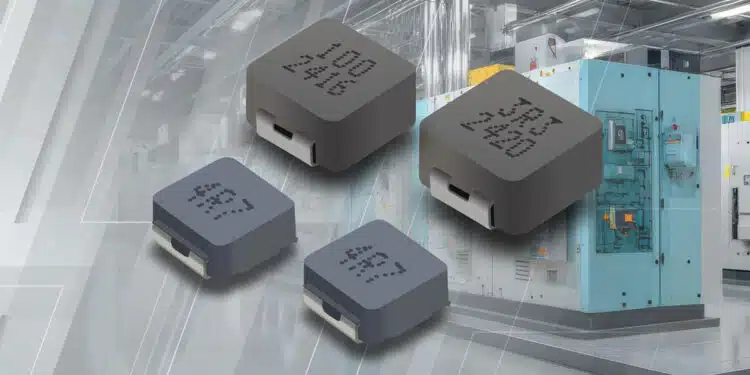Bourns adds four product series to its shielded power inductor portfolio. The new power inductors feature high heating/saturation current and low magnetic field radiation.
Bourns, Inc., a prominent manufacturer and supplier of electronic components for power, protection, and sensing solutions, has expanded its product line of shielded power inductors by introducing four new series.
These inductors, featuring the Bourns® SRP4021HMCT, SRP4021HMT, SRP5030HMCT, and SRP5030HMT series names, are designed to deliver enhanced power handling, increased efficiency, and optimized power circuit filtering.
Key features of these new inductors include high heating and saturation current with low magnetic field radiation, which enables them to handle higher power loads.
Additionally, they are produced using a hot press molding process that ensures greater density and mechanical strength compared to the previous Bourns® SRP series. This process also results in approximately a 20% enhancement in the electrical characteristics of the inductors, as evidenced by their higher current rating, lower DCR, and reduced power loss.
As a result of these improvements, Bourns can offer a smaller size inductive solution while maintaining the same electrical performance. This allows for more efficient and compact power circuit filtering solutions.
The Bourns® Shielded Power Inductor Series, comprising the SRP4021HMCT, SRP4021HMT, SRP5030HMCT, and SRP5030HMT, is now available from Bourns’ authorized distribution partners. These inductors are RoHS compliant.
Features
- Shielded construction – low radiation
- Low buzz noise
- Hot press molding process
- High current
- Low DCR
- RoHS compliant
Applications
- DC-DC converters
- Power supplies






























